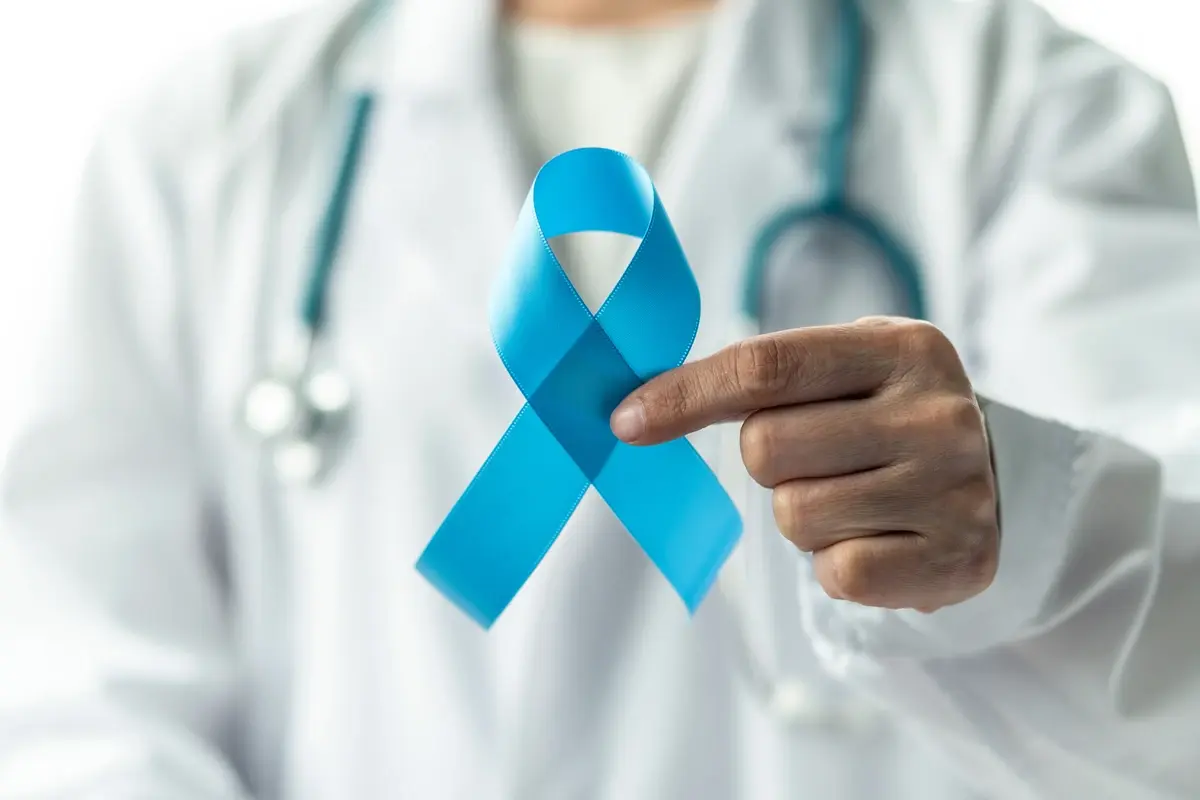
The prostate gland, resembling a walnut, is located just below the urinary bladder. Health experts warn that when this gland enlarges, it can lead to symptoms such as urgency of urination, nocturia (frequent urination at night), decreased urine flow, straining during urination, and incomplete bladder emptying. According to the American Cancer Society, approximately one in eight men may face a diagnosis of prostate cancer.
Unfortunately, many of the signs and symptoms associated with prostate enlargement, including benign prostatic hyperplasia (BPH) or prostate cancer, are similar. While the risk of developing prostate cancer rises after the age of 65, it can also affect younger age groups, with potentially more aggressive forms.
Certain symptoms, however, are more specific to prostate cancer and should not be ignored. These include the presence of blood in urine or semen, pain and soreness in the hips, back, chest, or bones, erectile dysfunction, constipation due to pressure on the rectum from an enlarged prostate, as well as general signs such as easy fatigue, weight loss, and decreased appetite. Individuals with first-degree relatives, such as a father or brother, who have had cancer are at a higher risk.
Also read: Understanding PCOS and Endometriosis: Differentiating Symptoms and Treatment Approaches
Visiting a urologist is crucial for proper diagnosis and management. Tests such as digital rectal examination (DRE), blood prostate-specific antigen (PSA) levels, multiparametric prostate MRI, and prostate biopsy can aid in detecting prostate cancer. Early detection is key, as patients diagnosed before the cancer has spread to other parts of the body have a significantly higher chance of survival.
In conclusion, while prostate cancer is a serious disease, timely diagnosis and treatment can greatly improve outcomes and help maintain a healthy lifestyle.
To read more such news, download Bharat Express news apps


















